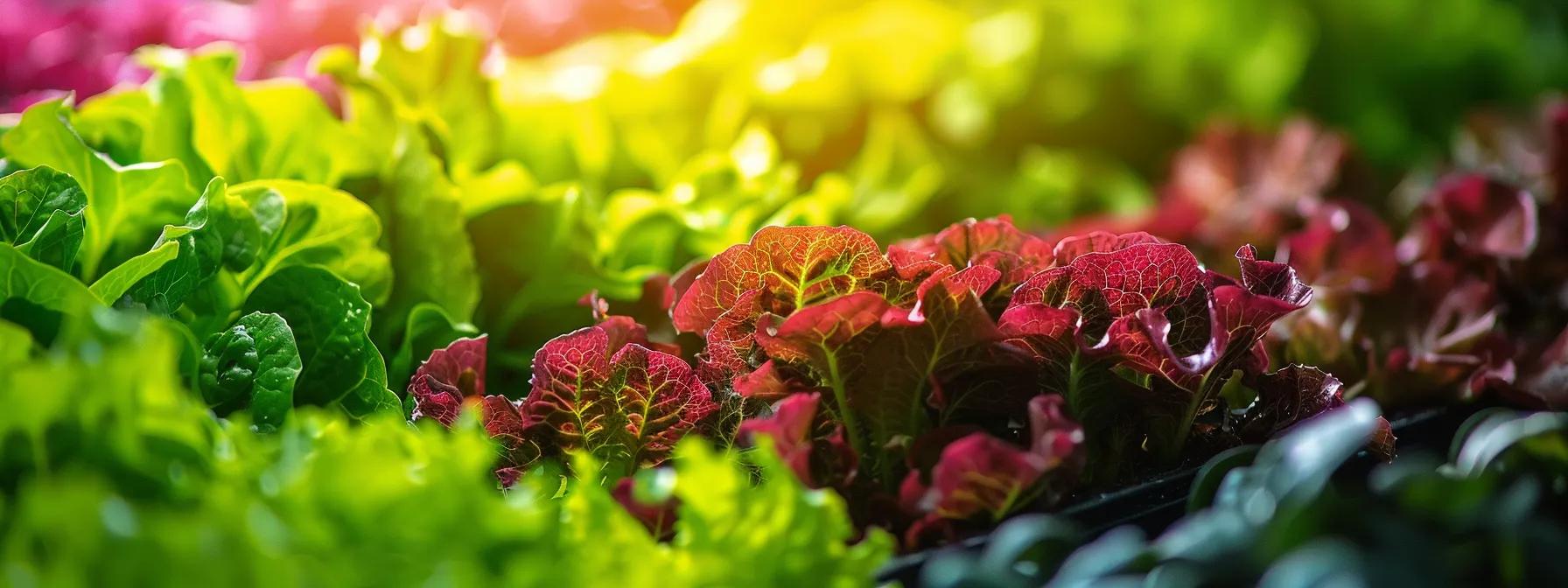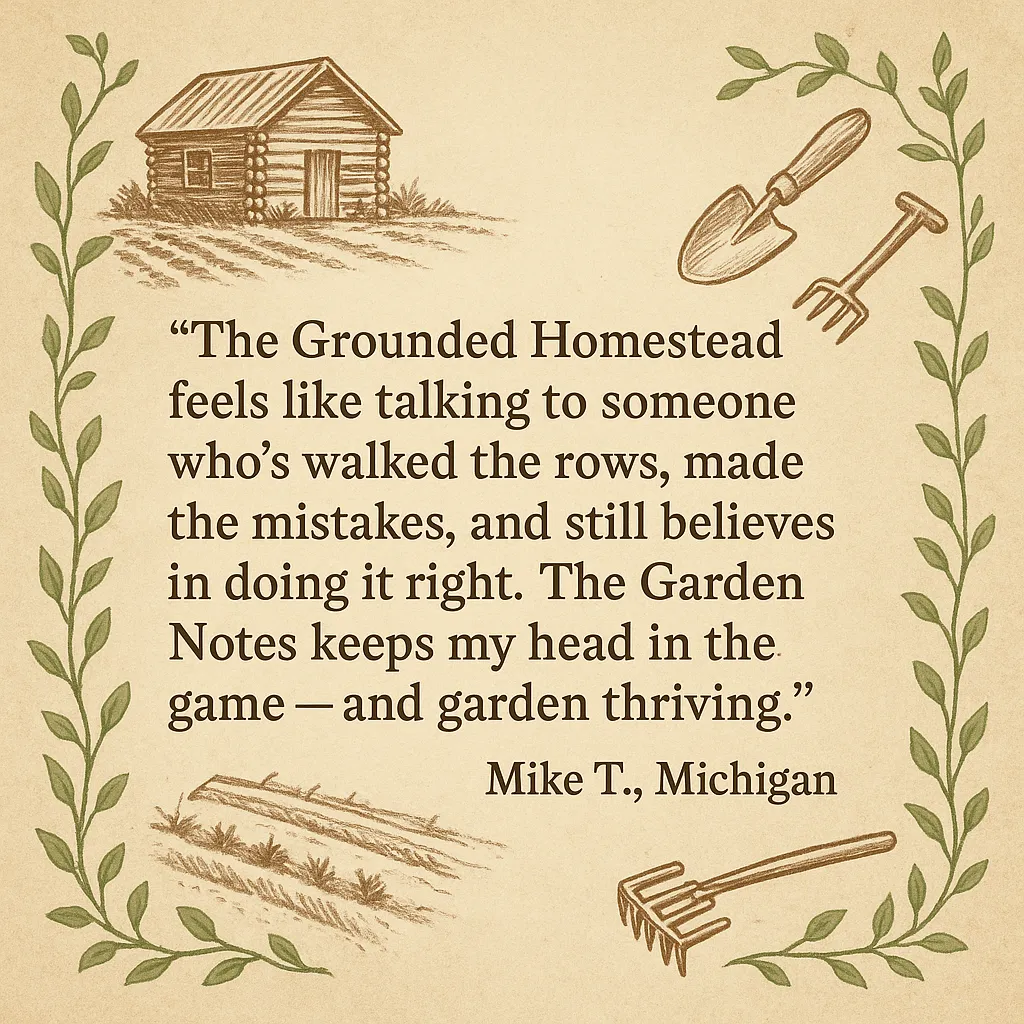
Top 5 Lettuce Mistakes New Gardeners Make
Top 5 Lettuce Mistakes New Gardeners Make
And how to fix them before the season slips away
“I thought lettuce was foolproof.”
That’s what I told myself the first year I planted greens. I tossed seeds into the bed in early May, watered when I remembered, and waited for a salad bowl to appear.
At first, everything looked fine — soft sprouts, tidy little rows. But then it got warm. Real warm. The leaves turned bitter. Some bolted straight to seed. Others flopped over and melted in the dirt. And just like that, I was back at the store, buying bagged lettuce.
It turns out lettuce isn’t hard — it’s just particular. And if you miss a few key details, the season slips away fast. If you've had more wilt than yield, chances are you’ve bumped into one of these five common mistakes. Let's walk through them — and better yet, fix them.
1. Planting Too Late in Spring (or Too Early in Summer)
Ever had your lettuce grow tall and bitter instead of full and sweet?
That’s a timing issue. Lettuce is a cool-season crop — it thrives in spring and fall, but heat makes it panic. When temperatures rise (especially the soil temp), lettuce shifts from growing to reproducing. It bolts, sends up a stalk, and the leaves turn tough and bitter.
If you’re planting after the soil has warmed past 70°F, you’re already pushing your luck.
✅ What to Do Instead:
Start seeds earlier — even indoors if needed — or plant in late summer for fall.
In Zones 6–8, aim for March–early April for spring crops.
Use shade cloth or mulch to keep roots cool in borderline temps.
Grandma’s Tip: “Plant it like you’re scared of the heat.”
🧰 Grab the “Lettuce Fix-It Kit” for a zone-by-zone planting cheat sheet.
2. Sowing Too Close and Skipping the Thinning
“I didn’t want to waste seed…”
So you sprinkled generously — and now you’ve got a thick green mat. The problem? Lettuce needs airflow and space to grow full heads. Overcrowded beds lead to stunted plants, poor flavor, and disease.
You’ve got to thin them out — even if it feels like waste.
✅ What to Do Instead:
For looseleaf: thin to 2–4" between plants
For head lettuce: space at 6–10"
Use scissors to snip extras at soil level (don't yank)
Thin twice: once after sprouting, again after true leaves emerge
Jeff’s Rule: “Thin twice. Once early, once when the true leaves show.”
📷 Visual spacing guide included in the Lettuce Fix-It Kit: “Too Tight vs. Just Right.”
3. Overwatering or Letting the Soil Dry Out Completely
“Why do the leaves look wilted one day and soggy the next?”
Lettuce has shallow roots. It doesn’t reach down deep for moisture — it relies on you to keep things steady. So if you let it dry out, it gets bitter fast. If you overdo it, the roots rot.
This one’s all about rhythm. Lettuce likes a morning soak and a bit of mulch to hold things steady.
✅ What to Do Instead:
Water early in the day, aiming for consistent moisture (not saturation)
Use straw, pine needles, or light compost mulch
Check soil 1" down with your finger — it should be damp, not dry or soggy
Optional Reminder of Faith: “Steady hands yield steady harvests.”
🧰 Use the Watering Tracker in the Lettuce Fix-It Kit to keep tabs on your routine.
4. Ignoring Pests Until It’s Too Late
“A few holes seemed normal… until the whole row was gone.”
Lettuce is soft, sweet, and low to the ground — which means pests love it. Aphids, slugs, cutworms, earwigs… they’ll chew a bed bare in a matter of days if left unchecked.
Most new gardeners don’t know what to look for. Or they don’t act fast enough.
✅ What to Do Instead:
Inspect leaves daily — especially the undersides
Look for slime trails (slugs), curled leaves (aphids), or black specks (frass)
Use neem spray, crushed eggshells, beer traps, or floating row covers
Try companion planting with chives or marigolds to repel pests
Grandma’s Tip: “If it looks too perfect, look closer.”
📷 Printable Lettuce Pest ID Guide included in the Fix-It Kit.
5. Cutting Too Low When You Harvest
“I harvested once — and then it was done.”
That’s a crown cut. If you slice lettuce at the base, you kill the plant. But if you leave the growing point — the center where new leaves emerge — it’ll regrow.
For looseleaf varieties, this means multiple harvests from one sowing. For heads, cut once but don’t wait too long — or you’ll lose it to bolting.
✅ What to Do Instead:
Harvest looseleaf by snipping outer leaves an inch above the crown
For heads: cut once when the head is firm, just above the soil line
Always use clean scissors or shears
📷 Check out “Harvest Height 101” in the Lettuce Fix-It Kit for visuals.
Wrap-Up: Let the Lessons Grow You
You don’t need perfect plants. You just need edible ones. Lettuce grows fast — and so does your skill. If you made one of these mistakes, don’t toss in the trowel. Plant again. Adjust. Try one small change.
This garden life isn’t about flawless harvests. It’s about showing up — learning by doing, adjusting as you go, and eating a little better each time.
🌱 Want to keep these tips handy?
Download the Lettuce Fix-It Kit — packed with:
Planting calendar by zone
Pest cheat sheet
Spacing & watering guides
Harvest visuals for better regrowth
Let’s grow better, not just bigger.


Facebook
Instagram
X
Youtube